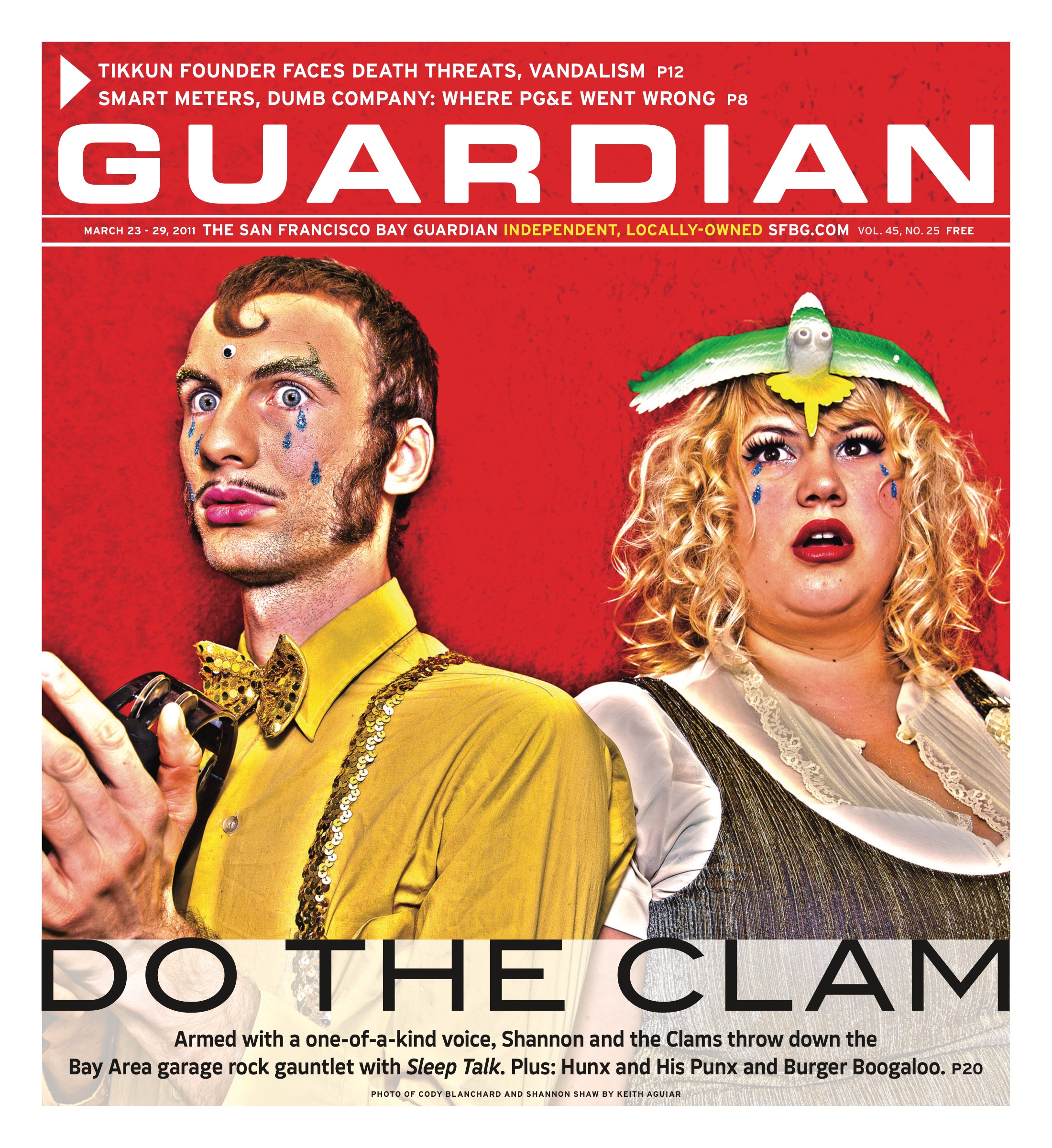OPINION As long as I’ve been substitute teaching, people have asked what I thought we could do to improve public schools. With all of the classrooms I’ve been in, they figured I might know something. But I’ve never had a simple answer for them, because I don’t actually think there is a single overriding educational crisis.
For most kids, the system works okay, or at least as well as it always has. At the same time, there are large groups of kids clearly struggling — black students most obviously, but not only. If we’re serious about fixing the educational problems of the nation’s “disadvantaged” kids, we need to improve the overall circumstances of their lives.
I’d say there is one surefire thing we can do to improve America’s classrooms: Put more adults in them — and not just teachers.
Think of how seldom the question of class size makes it into the highly politicized national education debate. If you didn’t know any better, you’d think it must be an insignificant element. But if you really want to know if class size is a big deal, just ask someone who teaches. Or if you want private sector confirmation of this, check out the private school brochures or websites, which tout their smaller class sizes.
So why don’t we hear more about this? Maybe because there’s no major corporate or political interests pushing it, as opposed to charter schools — or the various tenure, curriculum, or discipline reforms that vie to become panacea of the moment.
For instance, you’ll likely hear more about the problem of inadequate textbooks in “poor schools” than the too-large classes in them. Could this be related to the fact that the only part of the publishing industry that isn’t struggling these days is the educational sector?
The world’s four largest publishers produce educational materials, and they’re out there making their case and drumming up business all the time. There’s a lot of money to be made selling $85 world history texts to middle school classes of 35 students. Again, if you’re not sure yourself, ask any teacher which would help more: the latest textbook or a smaller class?
Moving from business to politics, the Obama Administration has recently expressed interest in reforming school discipline policy, but it says so little about the surest route to reducing classroom problems: a lower student-teacher ratio. The reason for the silence is pretty obvious. More teachers cost more money. This means higher taxes (or maybe reduced military spending). New textbooks cost money too, of course. The difference, however, is that there are no giant corporations pushing for hiring more teachers — there’s simply no money in it for them.
Yet we could put more adults into the mix even when we can’t actually reduce class size. I’ve been in classrooms where it seemed like the adult-to-child ratio needed to really give kids a shot was something like one-to-five-or-six — and this was not special ed. And I’ve seen combinations of teachers, paraprofessionals (aka teachers’ aides), student teachers, parents, or volunteers from the community that achieved that goal — at least for a little while. I’ve also seen situations where an additional person helped a kid who would have otherwise likely disrupted an entire class and not only prevented that, but got him to produce something useful.
After I had expounded on this idea at a recent gathering in Boston, an old friend came up to me and said, “Look around this room,” noting the crowd of Baby Boomers who are soon retiring and will have considerably more time on their hands. All had an interest in public education.
What if even a small percentage of them could find their way to helping public schools by actually spending time assisting in a classroom? Wouldn’t we have a significant asset on our hands? I think he was right.
Tom Gallagher is a San Francisco substitute teacher and the author of Sub: My Years Underground in America’s Schools (Coast to Coast Publishing, 2014). He can be reached at tgtgtgtgtg@aol.com. To submit a guest editorial, contact news@sfbg.com.

